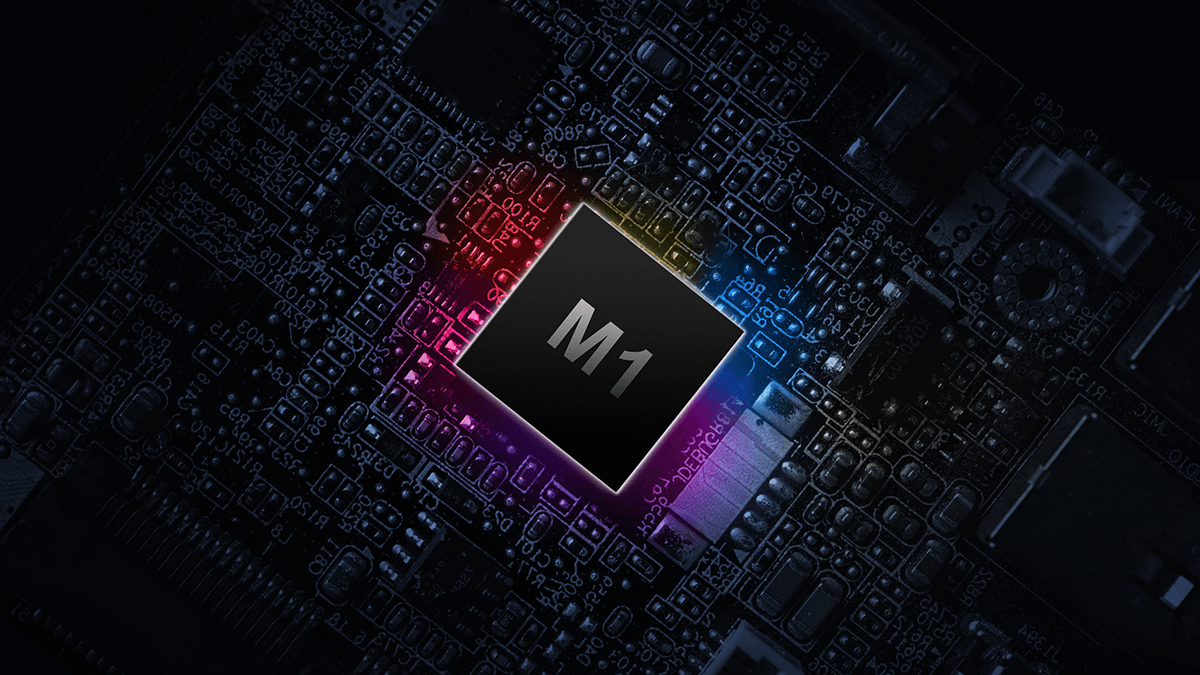Apple's Next Move: In-House Network Chip, Screens & Display Technology Development
In The News | 18-01-2023 | By Robin Mitchell
The M1 development has showcased the advantage of custom-made Silicon Chips for Apple, and Apple will now opt for in-house Network and Bluetooth/Wi-Fi connectivity chips over Broadcom. With companies turning to custom Silicon for their ASIC, FPGA, CPU, MCU, SoC, and SoM devices, it raises the question of what new technologies Apple will be developing in-house and whether custom Silicon is the future for companies like Apple and TSMC.
Why are companies turning to custom silicon?
Since the first electronic components were manufactured, there has always been a clear distinction between component manufacturers and electronic device manufacturers. Component manufacturers would be responsible for creating the parts needed to make electronic devices, and device manufacturers would be responsible for creating electronic devices out of components. This distinction was relevant even when the age of silicon came about, and semiconductor manufacturers would compete with each other to create the best chips. Even large suppliers such as Intel would rarely if ever, design their own computers to sell to customers, recognising that their specialities lie in the chip design rather than how best to use that chip.
But this distinction is rapidly deteriorating due to the emergence of fabless companies and foundry-only companies such as TSMC. This separation of chip design and chip manufacturing has opened the door to custom chip manufacturing for all engineers, and numerous large tech businesses are starting to take advantage of this opportunity.
One of the most significant advantages of custom chip design is that engineers can tailor their semiconductors to the application they are being used in. For example, an IoT device that requires some degree of AI processing can combine an MCU with an AI engine while stripping the MCU of unnecessary peripherals such as CAN buses and timers. This makes custom devices extremely energy efficient, thus making them highly applicable in applications where batteries are needed.
Another major advantage of custom silicon is that it can massively simplify device design. As a custom chip will only ever be used on a specific PCB design, engineers can position I/O to be in the most optimal position, eliminate the need for external circuitry, and even reduce the overall cost. This is one of the driving factors in the Apple M1 that combines the processor and memory into a single package. The shrinkage of designs also increases bandwidth by improving signal integrity and decreasing susceptibility to external sources of EMI, which can be problematic on large PCBs with long traces.

Apple to drop Broadcom and create its own network chips
While it was rumoured that Apple would drop Broadcom some months ago in a step towards owning its key technology, it has now been officially confirmed that Apple will indeed be pursuing its own path for custom network controllers. While the motivation for going custom on network controllers isn’t clear, Apple is likely doing so to try and protect its supply chain after the numerous challenges faced during the COVID pandemic. Apple may be trying to increase its profit margins by avoiding numerous licenses and royalties that companies such as Qualcomm take from each device sold. But now that Apple is officially going to be creating its own network devices, the stock price of Broadcom fell significantly as Apple currently makes up 1/5th of their revenue.
At the same time, Apple will also begin making in-house screens and display technologies in 2024 instead of using companies such as LG and Samsung. While Apple won’t manufacture the display (this will be outsourced), developing its own screen technologies will further secure the Apple supply chain. The development of custom displays will also allow Apple to control precisely how the display works and how to increase its performance.
Is custom silicon the future of engineering?
As technology progresses, it seems more likely that custom silicon is the future for electronic devices as it gives engineers massive amounts of freedom in their design. While future custom chips may not allow engineers to decide exactly how transistors are laid out, technologies such as FPGAs and uncommitted logic arrays will likely provide ASIC capabilities to smaller projects.
In addition to this, the development of chiplets and custom Systems on Modules (SoM) will help engineers achieve higher degrees of efficiency in their designs. Just as custom PCBs and assembly services can create circuit boards entirely through automation, similar services could be launched in the next 20 years that allow engineers to mix and match chiplets, and the use of either wire bonding or microminiature circuit boards will help connect these chiplets together.
Overall, custom silicon is still in its early days, but there is no doubt that it will continue to increase in popularity.

